The incredible Kumbh Mela can happen only in India, just as the incredible Jagannath Rath Yatra and many other stupendous events can only happen against India’s unbelievable canvas. The incredible Kumbh Mela is an event that sees the convergence of millions of people from across the globe at the confluence of sacred rivers. The gargantuan medley of humanity that descends on the venue of the Kumbh Mela includes saints, sadhus, naga sadhus, curious tourists, serious spiritual seekers, fanatic devotees, politicians, celebrities, businessmen, researchers, media, and laymen.
So what is the Kumbh Mela? What is its spiritual, and philosophical significance? What are the rituals and ceremonies? How did the Kumbh Mela begin? We attempt to answer these and other questions about Kumbh Mela here. So keep reading to learn more about this phenomenal occurrence on earth.
Table of Contents
Kumbh Mela – World’s Largest Spiritual Gathering
Kumbh Mela is recognized by UNESCO as an Intangible Cultural Heritage of Humanity. This recognition accentuates its immense spiritual, cultural, and historical significance. Held every 12 years in rotation across four sacred Indian cities—Prayagraj, Haridwar, Ujjain, and Nashik—it is the world’s largest spiritual gathering, attracting millions of devotees, ascetics, and tourists from around the globe.
Incredible Kumbh Mela – Evolution, History And Genesis
The Kumbh Mela is nothing less than a revelation of the soul of India. If one were to look at it with eyes of wisdom, and in the backdrop of its genesis, one can grasp to a certain extent its stupendous significance, beyond all the clamour and ritualistic fervour. To try to decipher the meaning of the incredible Kumbh Mela, one needs to try to trace its origins, and what better way to start than by understanding its etymology?
Kumbh in Sanskrit refers to a pitcher or pot, while Mela is nothing but a celebratory gathering of people, or in simple English terms, a fair. The Kumbh could refer to the sacred water at the confluence of the rivers, or could also refer to the “pitcher of knowledge or truth.”
The Kumbha, better known as Kalasha, is an integral part of ritual worship during festivals in Hindu households. It is viewed as an object of veneration and auspiciousness. This Kalasha is usually filled with water and covered with a coronet of mango leaves. Coins or gems are immersed in the Kalasha which is then topped with a coconut. This complete setup is generally known as Purna Kalasha or Purna Kumbha. The rituals conducted in the course of worship of the Kalasha are done to invoke the power of Amrita or elixir of life, into the water inside the Kalasha or Kumbha.
The iconography of the Kumbha or Kalasha is an integral part of Hindu temple architecture, with the Kalasha occupying the pinnacle of the Shikhara that towers above the Garbagriha or Sanctum.
It is interesting to note that there is no mention of the Kumbh Mela per se in ancient Hindu texts like the Vedas, or Puranas. Yes, there is a mention of the Magh Mela in the Mahabharata as well as other Puranas, and Tamil Sangam literature.. The Magh Mela is an annual gathering or religious fair that is held on the banks of sacred rivers or temple ponds near Hindu temples. Magh Melas are held during the Hindu calendar month of Magha (January – February). Magh Melas are annual while the Kumbh Mela happens once in 12 years.
The annual Magh Mela coincides with the Kumbh Mela when the Sun, Moon, and Jupiter are in a particular position believed to be astrologically auspicious. Given this fact, it is assumed that the Kumbh Mela has evolved from the Magh Mela.
Historically the earliest accounts of the Kumbh Mela can be found in the writings of the Chinese explorer, Hiuen Tsang, who visited India during the 7th century. In his writings, he talks about witnessing the grand spectacle of the Kumbh Mela at Prayag. He mentions that around half a million people gathered near the confluence of the rivers at Prayag for a religious festival that lasted for 75 days. The visitors consisted of people from all ranks of life, from Emperor Harshavardhan and his ministerial entourage to beggars in rags. The participants included heads of various religious sects, philosophers, ascetics, and other spiritual aspirants.
The Kumbh Mela that Hiuen Tsang witnessed was that of 644 AD, he describes how the emperor distributed wealth from his treasury to people from all denominations during the religious festival in Prayag. Though this account of Hiuen Tsang may be the first documented account of what we now know as the Kumbh Mela, it is assumed that the Kumbh Mela predated him, and he had adopted it and given it royal patronage and popularised it among the masses.
Later during the 8th century, it is believed that Adi Shankaracharya, the great Indian philosopher, saint, and Hindu revivalist formalised the Kumbh Mela. He envisaged the Kumbh Mela as a single platform for exchanging philosophical thoughts, wisdom and ideas about the Hindu religion. As a great convergence of Hindu thought and philosophy.
This was one of his many efforts for Hindu revival apart from establishing the four Amnaya Mathas, or Shankaracharya Mathas. However, it is a mystery that the Kumbh Mela seems to be missing in the prolific works of the great saint, Adi Shankaracharya. In more recent times, the Kumbh Mela emerged as a single cultural and socio-economic unifier of the Indian identity sometime after the first India war of Independence of 1857.
Legend Of Kumbh Mela – Samudra Manthan
Like every other festival and celebration in Hinduism, the incredible Kumbh Mela is also associated with many myths and beautiful legends. The main legend that forms the mystique of the incredible Kumbh Mela is the churning of the ocean, or Samudra Manthan, also referred to as Sagar Manthan. This fascinating episode of the Hindu Puranas forms an integral part of Hindu iconography and its influence is still visible in temples and rituals of not only India but also Cambodia. The motif of Samudra Manthan can be seen in many temples of Siem Reap like the massive Preah Khan.
The legend of Samudra Manthan (Churning of the Ocean) is a fascinating episode from Hindu mythology, described in the Bhagavata Purana, Vishnu Purana, and Mahabharata. It symbolizes the eternal struggle between good and evil and the pursuit of divine nectar or Amrit.
Once, Sage Durvasa cursed the King of the Devas Indra and the Devas, consequently they lost their power. Seizing this opportunity, the Asuras (demons) attacked and defeated the Devas. To regain their strength, Indra and the Devas sought help from Lord Vishnu, who advised them to churn the Kshira Sagara (Ocean of Milk) to obtain Amrit, the nectar of immortality.
As the task was humongous, the Devas solicited the help of the Asuras, who readily agreed. They used Mount Mandara as the churning rod and Vasuki, the serpent king, as the rope. Lord Vishnu took the form of Kurma (tortoise), his second avatar, to support the mountain as it began to sink. The churning began, and from the depths of the ocean emerged many treasures, some extremely precious and divine. However what emerged was also Halahal, a deadly poison that threatened the very existence of the universe.
Lord Shiva drank this deadly poison, stooping it at his throat, to earn the name of Neelkanth. Other precious items that emerged from the ocean included Kamadhenu – the wish-fulfilling cow, Airavata – the White elephant owned by Indra, Kalpavriksha – the wish-fulfilling tree, and Lakhsmi – the Goddess of Wealth. At the end of the churning, Dhanavantari, the divine physician emerged, holding the Kumbh or pot filled with Amrit.
The sight of the Amrit was enough to ignite the sparks of desire in the Asura, who, till then, had worked with the Devas in churning the ocean. A battle between the Devas and Asuras began for the ownership of the pot of nectar. In the ensuing melee, a few drops got spilled and fell on Earth. The place where drops of Amrit or nectar of immortality fell, are the places where the Kumbh Mela is held. These sacred places are; the Ganga in Haridwar, the Triveni Sangam in Prayagraj, the Shipra River in Ujjain, and the Godavari River in Nashik.
Later, of course, Vishnu transformed into Mohini and lured the Asuras away from the Amrit. He tricked the Asuras so that the entire portion of the Amrit was given to the Devas.
Incredible Kumbh Mela – Rituals And Ceremonies & Festivities
The incredible Kumbh Mela is marked by elaborate rites, rituals and ceremonies. Some of the main rituals associated with the Kumbh Mela are as under:
Shahi Snan | Amrit Snan – Rites & Rituals At Kumbh Mela
The Shahi Snan (Amrit Snan) is the most significant and grand ritual of Kumbh Mela, performed by saints and devotees in the holy rivers. It is believed that bathing in these waters during Kumbh Mela washes away sins and grants liberation (moksha).
Naga Sadhus and members of various Akharas take a ceremonial bath in the confluence of the holy rivers, at an auspicious time. The auspicious days for the Shahi Snan are considered to be Paush Purnima, Makar Sankranti, Mauni Amavasya, Basant Panchami, Magh Purnima, and Mahashivratri.
Shahi Snan Rituals: Bathing and Processions
- Procession of Akharas: Various Akhadas (sects of saints), including Naga Sadhus, Udasin Akharas, and Vaishnav Akharas, march in a grand procession towards the river.
- Auspicious Timings: The Snan takes place on specific dates aligned with planetary positions, considered spiritually powerful.
- Naga Sadhus’ First Dip: Naked, ash-covered Naga Sadhus (renunciants) take the first dip, marking the official beginning of the Shahi Snan.
- Pilgrims’ Holy Dip: After the saints, thousands of devotees and common pilgrims take their turn to bathe in the sacred river.
Kalpvas – Rites & Rituals At Kumbh Mela
During Kumbh Mela, certain devotees, known as Kalpavasis, follow a strict month-long spiritual discipline called Kalpavas, where they renounce worldly pleasures and focus on meditation, fasting, and self-purification. The ritual of Kalpavas includes the following:
- Living in temporary ashrams or camps near the river.
- Taking a holy dip in the river every morning before sunrise.
- Practising silence (maun vrat) and doing meditation.
- Eating only once a day and consuming simple sattvic (pure) food.
- Listening to religious discourses (pravachans) from saints and spiritual leaders.
Some of the other rituals and ceremonies done at the incredible Kumbh Mela include:
- Oblations to ancestors in the form of Tarpan and Pind Daan form an important ritual associated with the Kumbh Mela.
- Yagnas and Havans are performed at the site of the Kumbh Mela.
- Kumbh Mela also sees religious discourses and teachings by spiritual leaders being held on the sidelines of the Kumbh Mela.
Incredible Kumbh Mela Locations | 4 Places of Kumbh Mela In India
The Kumbh Mela is held at four sacred locations in India, each associated with a holy river. These Kumbh Mela locations rotate in a 12-year cycle, with an Ardh Kumbh Mela (Half Kumbh) every 6 years and a Maha Kumbh Mela every 144 years. Let us know more about the 4 places of Kumbh Mela in India – Kumbh Mela locations.
Prayagraj Kumbh Mela
Prayagraj was earlier known as Ilahabad or Allahabad. Prayagraj was also known as Kosambi in the late Vedic period. The Kumbh Mela is held at Prayagraj in Uttar Pradesh at the confluence of three rivers or Triveni Sangam, where the Ganga, Yamuna, and Saraswati rivers meet. Considered to be the most important of the Kumbh Mela sites, the place is the venue of the Ardh Kumbh Mela held every 6 years, the Purna Kumbh Mela held every 12 years, and the Maha Kumbh Mela held once in 144 years. The annual Magh Mela is also held here.
Haridwar Kumbh Mela
Haridwar, the sacred place where the Ganga emerges from the mountains and enters the plains is the venue for the Ardh Kumbh Mela and the Purna Kumbh Mela.
Nashik Kumbh Mela
Nashik, where the sacred Godavari River, known as the Ganga of the south, is the venue of the Purna Kumbh Mela which is organized once in 12 years.
Ujjain Kumbh Mela
The sacred city of Ujjain on the banks of River Shipra holds the Purna Kumbha Mela and also the Simhastha Mela which happens once in 12 years when Jupiter is in Leo.
Mysterious Naga Sadhus In Kumbh Mela
Naga Sadhus are the mystical ascetics of India and are one of the most fascinating and revered sects of Hindu ascetics, known for their extreme renunciation and deep spiritual discipline. They are primarily Shaivite sadhus, devoted to Lord Shiva, and play a significant role in religious gatherings like the Kumbh Mela, where they lead the Shahi Snan (royal bath). Naga Sadhus are easily recognised by their naked bodies smeared with ash, long matted hair (Jata), and rudraksha beads.
They live in seclusion, primarily in Himalayan caves and remote ashrams, practising severe penance, meditation, and yogic disciplines. Many of them abandon material possessions and dedicate their lives to spiritual enlightenment.
At the Kumbh Mela, they are the first to take the holy dip, believing it cleanses sins and grants moksha (liberation). Their presence adds a mystical aura, drawing devotees and seekers eager to witness their profound spiritual energy. Naga Sadhus are followers of Adi Guru Shankaracharya (8th century CE), who played a crucial role in organizing Hindu monastic orders (Akharas). Shankaracharya restructured the sannyasa (renunciation) system and encouraged ascetics to adopt martial training to protect Sanatan Dharma (eternal Hindu tradition).
They became a vital part of the Dashanami Sampradaya, a Shaivite monastic tradition.
Dashanami Sampradaya – The Ten Orders
Shankaracharya classified monks into ten orders, known as Dashanami Sannyasis, each with distinct spiritual practices:
- Giri – Monks who dwell in mountains and focus on meditation.
- Puri – Renunciates who live in sacred towns and engage in scriptural studies.
- Bharati – Known for their knowledge and scholarly pursuits.
- Tirtha – Associated with holy pilgrimage sites and religious rituals.
- Vana – Forest dwellers dedicated to deep meditation.
- Aranya – Hermits practising solitude and strict asceticism.
- Ashrama – Guardians of Hindu traditions and temple rituals.
- Saraswati – Scholars of Vedanta and Hindu scriptures.
- Parvata – Mountain-dwelling monks who follow a strict yogic lifestyle.
- Sagara – Monks symbolizing the vastness of spiritual knowledge, like the ocean.
Each of these orders aligns with one of the four main monasteries (Mathas) established by Adi Shankaracharya in different regions of India.
What Is Maha Kumbh Mela?
The Maha Kumbh Mela is the rarest and most sacred Hindu gathering, held once every 144 years at Prayagraj (Allahabad). It is based on astrological alignments and marks the site where drops of Amrit (nectar of immortality) fell during a celestial battle, between the Devas and the Asuras.
Different Types Of Kumbh Mela
Different types of Kumbh Mela are held based on astronomical alignment and time cycles. The four main types of Kumbh Mela are:
- Maha Kumbh Mela (महाकुंभ मेला) is held at Prayagraj after the completion of 12 full cycles of Purna Kumbh Mela, held every 144 years
- Purna Kumbh Mela (पूर्ण कुंभ मेला) is held once in 12 years at Prayagraj, Haridwar, Ujjain, and Nashik
- Ardha Kumbh Melaअर्ध कुंभ मेला is held every 6 years at Prayagraj, and Haridwar
- Magh Mela is held every year at Prayagraj and is also known as Mini Kumbh
Planning Your Trip – How To Reach And Where To Stay
If you are planning a trip to any of the Kumbh Mela locations or any place in India, you can book your flights right here through Air India (Domestic) or Air India (International), or Priceline .
You can book your hotel at any of the Kumbh Mela locations or anywhere in India right here through any of the below options, at the location of your choice here – TripAdvisor or Hotels.com or HotelsCombined and save a lot by getting the best deals on booking your stay.
| Click to book the Best Hotels in India |
|---|
Incredible Kumbh Mela And Sangam FAQ
Here are a few frequently asked questions about Kumbh Mela locations and the incredible Kumbh Mela.
What is Kumbh Mela’s significance?
Kumbh Mela is the world’s largest spiritual gathering, held every 12 years at four sacred Indian rivers, where millions of devotees take a holy dip to cleanse their sins and attain salvation. It symbolizes faith, unity, and the timeless traditions of Sanatan Dharma.
Why is the Kumbh Mela bath considered so auspicious?
The Kumbh Mela bath is considered highly auspicious because it is believed that during this time, the sacred rivers are infused with divine nectar (Amrit), washing away sins and granting moksha (liberation). Bathing at the designated holy sites during the celestial alignment is said to purify the soul and bestow spiritual blessings.
What is the 12-year Kumbh Mela?
The 12-year incredible Kumbh Mela is a grand Hindu pilgrimage festival held every 12 years at one of four sacred locations—Prayagraj, Haridwar, Ujjain, and Nashik—where millions of devotees gather to take a holy dip in the sacred rivers.
What is the 144-year Kumbh Mela?
The 144-year incredible Kumbh Mela, also known as the Maha Kumbh Mela, occurs once every 12 cycles of the 12-year Kumbh Mela, meaning it is held once in 144 years at Prayagraj (Allahabad). It is considered the most auspicious and rarest form of the Kumbh Mela, attracting an unprecedented number of devotees, saints, and spiritual seekers
Where is the Kumbh Mela happening in 2027?
The Kumbh Mela in 2027 is scheduled to take place in Nashik, Maharashtra, along the banks of the Godavari River. The festival is expected to occur between July 14 and September 25, 2027.
Which is the oldest Kumbh Mela?
The oldest Kumbh Mela is believed to be the one held at Prayagraj (Allahabad), where the Sangam (confluence) of the Ganga, Yamuna, and the mythical Saraswati makes it the most sacred of all Kumbh Melas. Historical records and scriptures suggest that Adi Shankaracharya played a crucial role in formalizing the tradition of the Kumbh Mela here.
Who bathes first in the Kumbh Mela?
At the incredible Kumbh Mela, the Naga Sadhus and other Akharas (Hindu ascetic sects) have the privilege of taking the first holy dip, known as Shahi Snan (Royal Bath). This tradition symbolizes their spiritual authority and dedication to Sanatan Dharma. The ritual is performed in a grand procession, with sadhus carrying flags, chanting sacred hymns, and riding on elephants, horses, or chariots before immersing themselves in the sacred river.
Why is the Kumbh Mela held every 12 years?
The Kumbh Mela is held every 12 years based on planetary alignments and Hindu mythology. According to legend, during the Samudra Manthan (churning of the ocean), drops of Amrit (nectar of immortality) fell at four locations—Prayagraj, Haridwar, Ujjain, and Nashik. The festival’s timing is determined by the position of Jupiter (Brihaspati), the Sun, and the Moon in specific zodiac signs, which is believed to recreate the cosmic conditions under which the nectar fell, making the waters spiritually charged and granting moksha (liberation) to those who bathe in them.
Where to stay in Kumbh Mela?
During the incredible Kumbh Mela, various accommodation options are available to suit different budgets and preferences. These include Budget and Luxury tents in temporary tent cities built for the event, local Ashrams, guesthouses, hotels, and Dharamshalas. One can also look at staying in hotels in nearby cities.
The incredible Kumbh Mela is more than just a religious gathering; it is a celebration of faith, unity, and timeless traditions. Millions of devotees come together, seeking spiritual purification and divine blessings through the sacred ritual of bathing in holy rivers.
The festival’s grandeur, combined with its deep-rooted mythology, makes it an awe-inspiring experience for pilgrims and visitors alike. As we reflect on its significance, one cannot help but marvel at the spiritual energy and devotion that define this ancient tradition. Have you ever witnessed the magic of the incredible Kumbh Mela? Share your thoughts and experiences with us!
We hope you enjoyed reading about the most humungous religious event on the planet — Incredible Kumbh Mela—and also the 4 places of Kumbh Mela in India. Share your thoughts and experiences of Kumbh Mela and the Kumbh Mela locations in the comments below. We wouldd love to hear from you! Also, do not forget to share this post about the Incredible Kumbh Mela and the 4 places of Kumbh Mela in India with your family, and friends, and on your social media platforms to spread the knowledge and excitement.
For more such interesting and informative content, subscribe to our blog and newsletter. Let us also connect on social media—we are on Instagram, Facebook, Twitter, LinkedIn, YouTube, and Pinterest. Join us for more updates, stories, and insights!
Embark on an Unforgettable Journey with Us!
Discover the magic of history, the thrill of exploration, and the charm of hidden gems! Dive into a world of adventure as we bring you captivating travel stories, fascinating heritage insights, and thought-provoking quizzes—all designed to ignite your wanderlust.
Join us on YouTube – Travel With Sandy & Vyjay, where we take you on mesmerizing journeys through India’s cultural marvels, breathtaking landscapes, and historic landmarks. Hit subscribe and let the adventure begin!
Follow us on Facebook, Instagram, X (formerly Twitter), LinkedIn, and YouTube for your daily dose of travel inspiration. Whether it is uncovering hidden treasures, exploring iconic destinations, or sharing expert travel hacks—we have got you covered!
Subscribe to Voyager Travel Bytes and get the latest travel stories delivered straight to your inbox or via WhatsApp. Follow us on Instagram for a daily escape into the wonders of the world. Let us turn your travel dreams into reality—one incredible adventure at a time!
Your Next Great Journey Starts Here. Are You Ready?
We are a reader-supported site. This means, at no additional cost to you, we may earn a small commission if you book a flight or hotel, or make a purchase through one of our affiliate links. Thank you for your support!
Flights – Air India (Domestic) or Air India (International), or Priceline
Tours – Click to book top tours around the world. Book tours and activities here.
Experiences – Book your next unforgettable experience here, with flexible bookings and free cancellations. Reserve tours and activities now and pay later.
Hotels – Click to book the best hotels/resorts. Choose the best stay options with TripAdvisor or Hotels.com, or HotelsCombined
Travel Insurance – Click to book Travel Insurance that covers a range of travel insurance and safety services including medical emergencies, lost luggage, trip cancellation and more
Visas and Travel Documents Application – Click here for Online Travel Visa Check
Online Passport Photo – Get Your Passport Photo Online here

Do You Love Traveling?
Do you want to know how to travel the world? We have put together a very useful travel resources page with the best travel tips. Go check it out now. Thanks for visiting our site Voyager - imvoyager.com and taking the time to read this post! If you wish to collaborate/work with us then reach us at [email protected] We’d love it if you’d comment by sharing your thoughts on this post and share this post on social media and with your friends. Follow our journey on our social media channels: Facebook X Instagram Pinterest YouTube
Start dreaming about your next adventure with Tripadvisor. Book your next unforgettable experience here with flexible bookings and free cancellations.
Flight booking online at the best fare
60+ Million Users Trust TripAdvisor With Their Travel Plans. Shouldn't You?
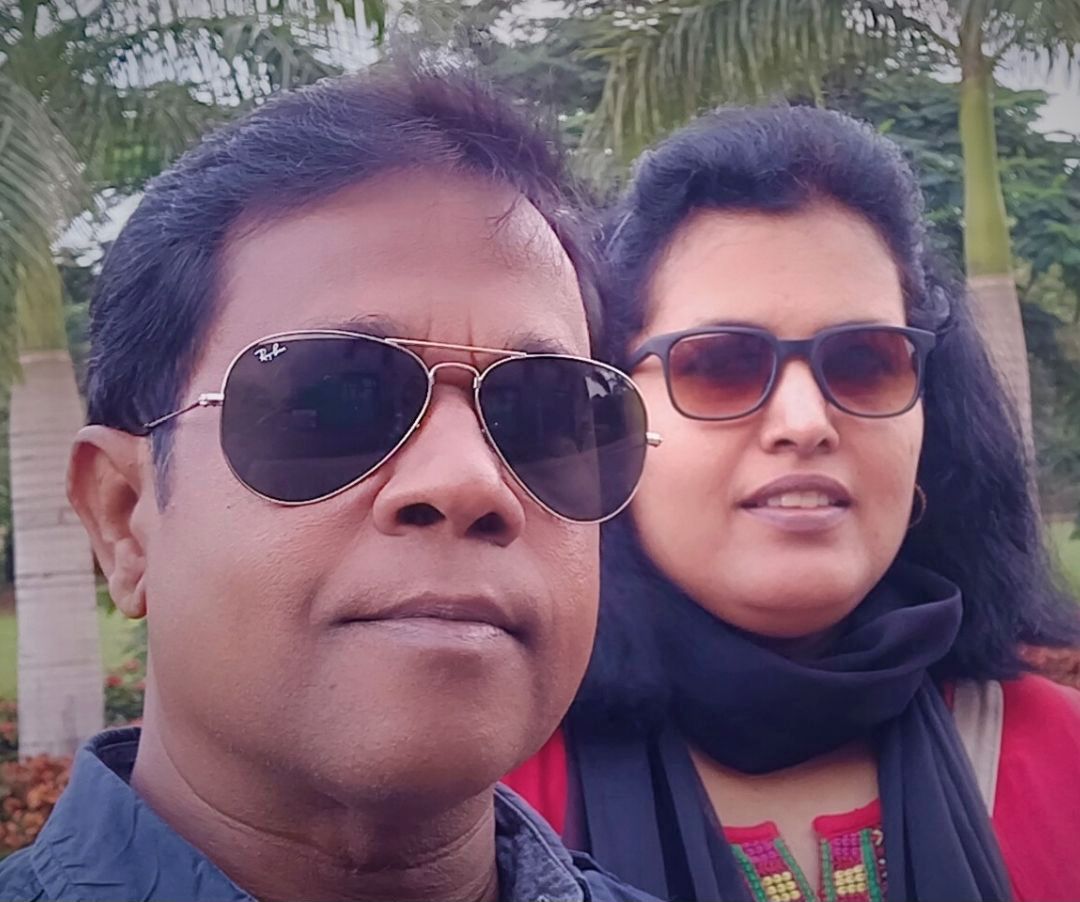
Sandy & Vyjay are a husband and wife duo who are travel content creators. They are co-founders of this travel website and are one of the leading travel content creators in India.
Sandy & Vyjay quit their successful corporate careers to pursue their passion for travel and writing full-time. Their dedication has earned them the “Best Travel Writer” award and numerous accolades on both national and international stages. Focusing on India’s destinations, heritage, and culture, they are passionate advocates for nature and the environment. Through their content, they promote ecotourism and sustainable travel, inspiring others to explore and preserve the beauty of India.

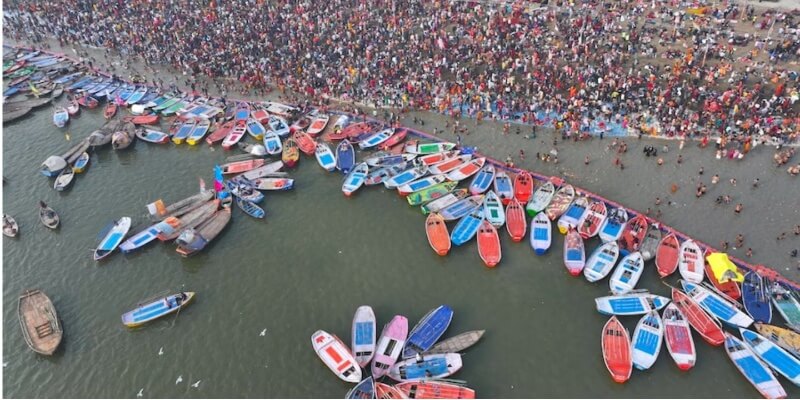
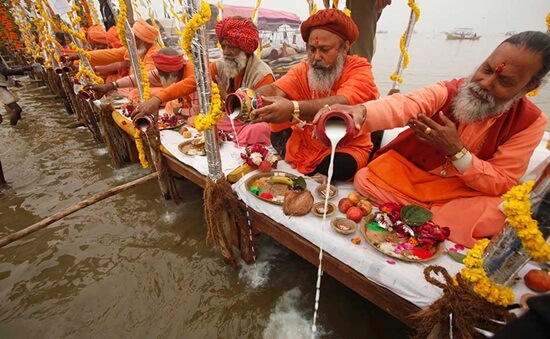
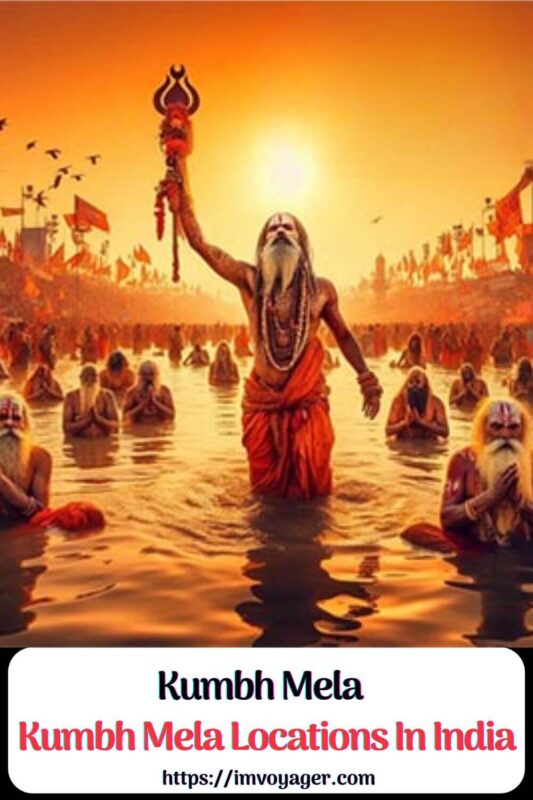



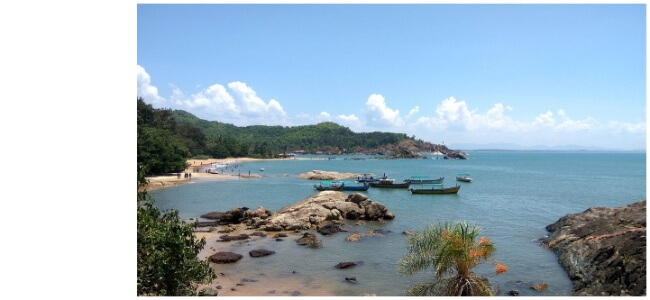
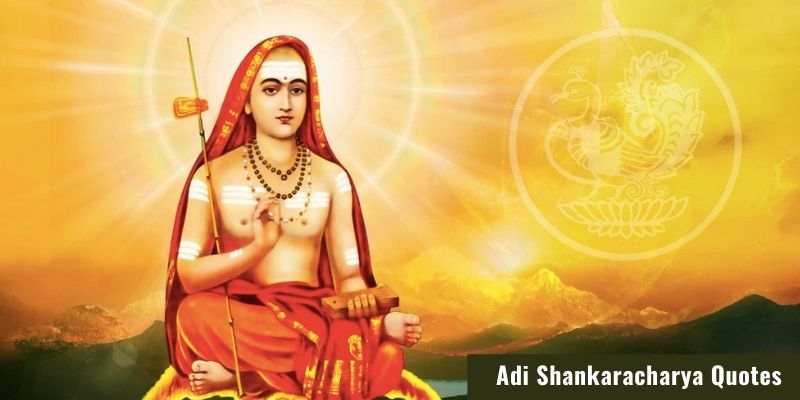
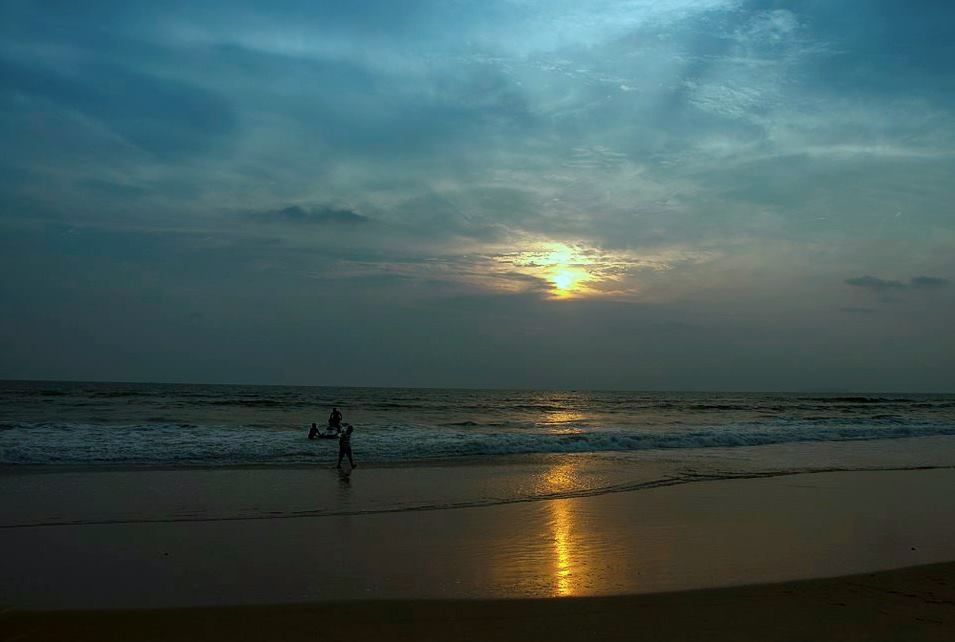
Loved reading your detailed post on this current hot topic. Most people feel Kumbh is only at Allahabad. I am so glad you cleared the air that other places are holding Kumbh too. Forwarding this post to everyone I know who would love to know more about Kumbh.
I recently read the story about the four places. Your post was very insightful with all details about the Maha kumbh..thanks for sharing this
I suffer from major FOMO when I see everyone posting about Mahakumbh. Even my parents did it and I couldn’t! The list you have created is very helpful, instead of crowded Prayagraj, we can always visit lesser crowded Haridwar or Ujjain.
Only in India can something like the Kumbh Mela happen. Loved how this post captures both its history and deep spiritual meaning.
This travel blog post beautifully captures the spiritual grandeur of the Kumbh Mela, offering rich insights into the significance of its four sacred locations across India. The vivid photographs and informative content make it a compelling read for anyone eager to explore one of the world’s most awe-inspiring religious gatherings.
Kumbh is a religious ritual that is something to cleanse humankind, and your blog captures the deeper insights of these, plus the photographs bring a vibrant touch to your blog. Wish to see more and more innovative content from your side..!!!
Such a fascinating glimpse into one of the world’s largest spiritual gatherings! Loved how you highlighted all four Kumbh Mela locations—each one has its own charm and energy. Makes me want to experience the magic of it in person someday.
Fascinating insights! Loved learning about the four sacred Kumbh Mela sites. The spiritual energy and history behind each place is amazing.